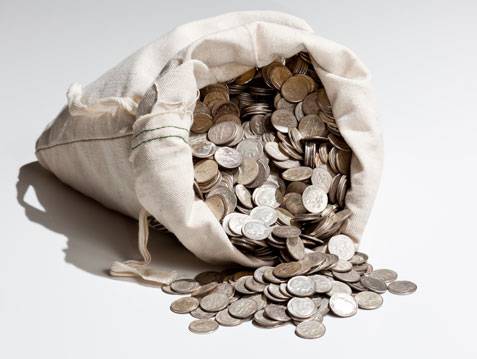Gold prices fell in European trading on Tuesday, extending losses for a fourth straight session and slipping below the psychological 4,000-dollar level per ounce to their lowest in two weeks, pressured by the U.S. dollar’s continued strength in foreign-exchange markets.
More hawkish commentary from Federal Reserve officials has reinforced caution toward further monetary easing, reducing expectations for a U.S. rate cut in December.
Price Overview
Gold dropped 1.2% to 3,998.04 dollars—its lowest since November 7—down from the opening level of 4,045.18 dollars, after touching an intraday high of 4,055.40 dollars.
At Monday’s settlement, gold lost 0.95%, marking a third consecutive daily decline as correction and profit-taking continued from the three-week high of 4,245.13 dollars per ounce, while dollar strength added downward pressure.
U.S. Dollar
The dollar index edged up by less than 0.1% on Tuesday, maintaining gains for a third session as the U.S. currency continued to strengthen against major and minor peers.
This steady performance reflects ongoing demand for the dollar as the preferred investment in FX markets, particularly as expectations for a December Fed rate cut continue to fade.
U.S. Interest Rates
Federal Reserve Vice Chair Philip Jefferson said Monday that the central bank needs to “proceed slowly” with additional rate cuts.
According to CME’s FedWatch tool, markets are pricing about a 45% chance of a 25-basis-point rate cut in December, with a 55% probability of rates being left unchanged.
Investors are monitoring Fed remarks closely while awaiting delayed U.S. inflation and labor-market data.
Gold Outlook
Edward Meir, analyst at Marex, said the dollar was “slightly stronger today,” and noted that some speculative positions were trimmed last week. He added that gold is likely to enter a consolidation phase for now.
ANZ Bank wrote in a note that expectations for another Fed rate cut next month fell to around 42% overnight, down from nearly 100% immediately after the September decision, adding pressure to investor appetite for gold.
The bank added that structural factors—such as geopolitical uncertainty, concerns about U.S. debt sustainability, global de-dollarization trends, and central-bank buying—are expected to support medium- and long-term investment demand for gold.
SPDR Gold Trust
Holdings at SPDR Gold Trust, the world’s largest gold-backed ETF, fell by 2.57 metric tons on Monday, marking a second straight daily decline and bringing total holdings down to 1,041.43 metric tons, the lowest since November 6.


